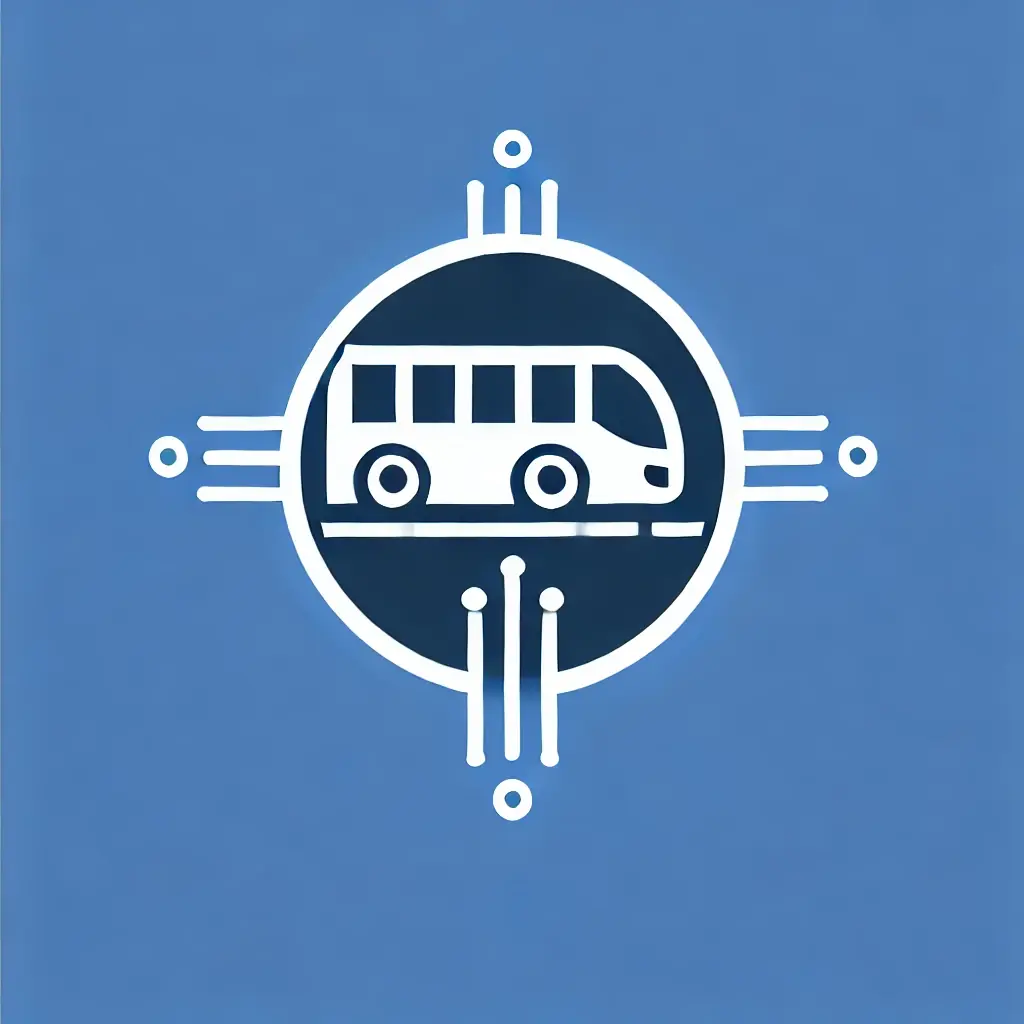Smart Public Transport Systems leverage advanced technologies, particularly artificial intelligence (AI), to enhance the efficiency and effectiveness of urban transportation. By integrating real-time tracking, scheduling, and passenger information, these systems aim to optimize public transportation networks, making them more responsive to the needs of commuters.
Role of AI in Public Transport
AI plays a pivotal role in transforming public transit through various applications:
Real-Time Tracking and Scheduling
AI algorithms analyze historical data and current conditions to predict demand for specific routes. This capability allows transit agencies to adjust schedules and allocate resources dynamically, ensuring that services meet real-time passenger needs. For instance, AI can optimize traffic light signals to improve bus travel times, significantly enhancing the overall efficiency of the transit system[1][2].
Predictive Maintenance
AI-driven predictive maintenance helps transit agencies identify potential vehicle or infrastructure issues before they lead to service disruptions. By monitoring data from sensors on vehicles, agencies can schedule maintenance proactively, reducing downtime and maintenance costs while improving reliability[2][4].
Enhanced Passenger Experience
Smart public transport systems utilize mobile applications and smart bus stops to provide passengers with real-time information about service availability, delays, and alternative routes. This transparency improves the overall commuting experience, allowing passengers to plan their journeys more effectively[1][4].
Smart Devices and Infrastructure
The implementation of smart devices is crucial for the success of these systems:
Public Transit Apps
Mobile applications serve as a central hub for passengers, offering features such as real-time tracking of vehicles, notifications about service changes, and route planning assistance. These apps enhance user engagement and satisfaction by providing timely information[2][4].
Smart Bus Stops
Equipped with digital displays, smart bus stops provide real-time updates on arrival times and service alerts. These stops can also integrate with mobile apps to deliver personalized information based on user preferences, further improving the passenger experience[1][3].
Sustainability and Efficiency
AI contributes to the sustainability of public transport systems by optimizing routes to minimize fuel consumption and reduce emissions. By leveraging data on traffic patterns and vehicle performance, transit agencies can implement energy-efficient practices that align with environmental goals[2][4].
In conclusion, the integration of AI and smart technologies in public transport systems not only enhances operational efficiency but also significantly improves the passenger experience. As cities continue to evolve into smart environments, the role of these technologies will become increasingly vital in creating sustainable and efficient urban transportation networks.
Further Reading
1. AI in Public Transit: Transforming Smart Cities & Enhancing Safety
2. How Artificial Intelligence Is Shaping Public Transit
3. https://smarttransit.ai
4. Top 10 Ways AI Revolutionizes Public Transportation
5. 7 Exciting Ways AI is Revolutionizing Smart City Logistics – We Shield


